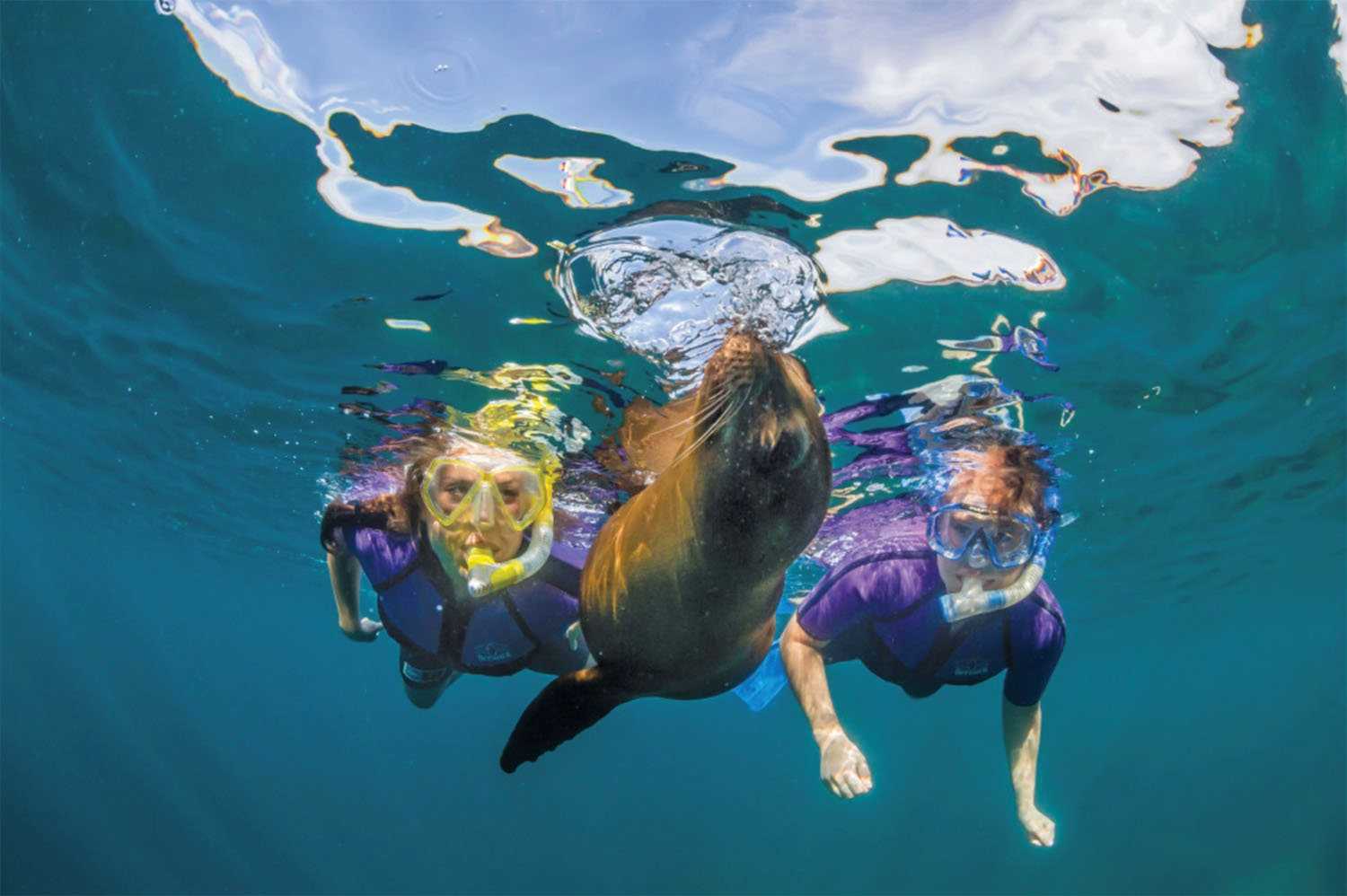Recycling was an option, but reusing is always preferable, so she hoped to give this well-loved gear a new life. After chasing down leads and inquiring about who might be able to benefit from the snorkel gear, she found the perfect recipient: the Ocean Studies K-8 Charter School in Key Largo, Florida. So now, instead of decomposing in a landfill, more than 61 pounds of snorkel gear has arrived at its new home in Florida—giving students the opportunity to experience the wonders of the undersea for themselves.
A resting place for mattresses
There are just some items that seem impossible to recycle, and mattresses definitely fall into that category. Not only are they too big for the recycling bin, they cannot be sanitized and reused like snorkeling gear can.
When our Seattle-based Purchasing Manager Renata Rondon discovered that 70 new mattresses were scheduled to be delivered to National Geographic Orion in Seward, Alaska, she began to wonder what would happen to the old mattresses. For most people, the answer is simple: they would go to a landfill. But Lindblad Expeditions staff are not like ‘most people’; filling landfills is a last resort, not an acceptable assumption. So Renata contacted our mattress supplier, Cadence Keen Solutions (CKI), and discovered their “Green Source Mattress Removal and Recycling Program.” The only problem? The program was available in the 48 contiguous states, but not Alaska.
Renata didn’t give up, however! She realized that in a few short months, the ship would be docking in California, where we could take advantage of CKI’s recycling program. So Renata acted: she rerouted our new mattress delivery to California, and scheduled the old mattress removal to coincide.
As a result, the same truck that dropped off the new mattresses also collected the old ones and took them straight to a recycling facility—limiting carbon emissions in the process. According to CKI, mattresses take 80-120 years to fully decompose in landfills, and we were able to avoid that fate with some ‘outside the recycling bin’ thinking!
Join us in rethinking how you can reduce, reuse, and recycle items that can’t fit inside the bin, and the planet will thank you.


